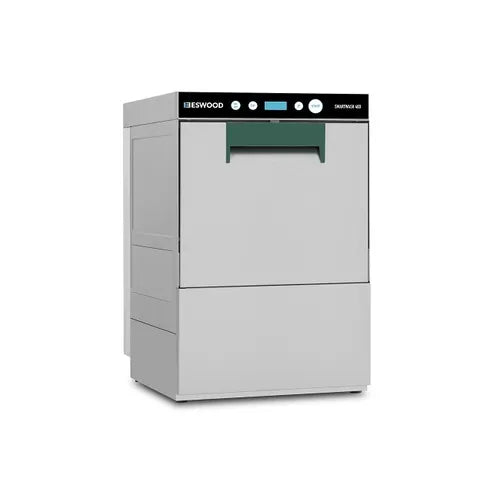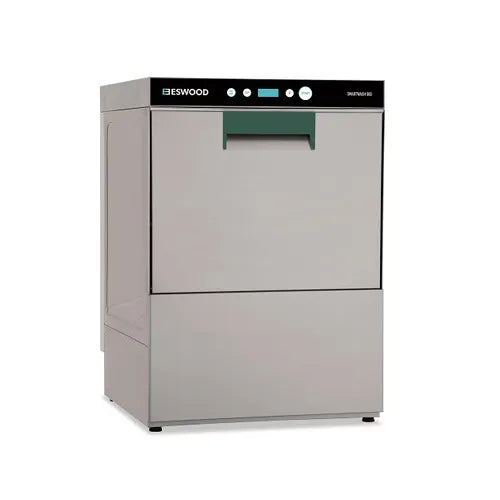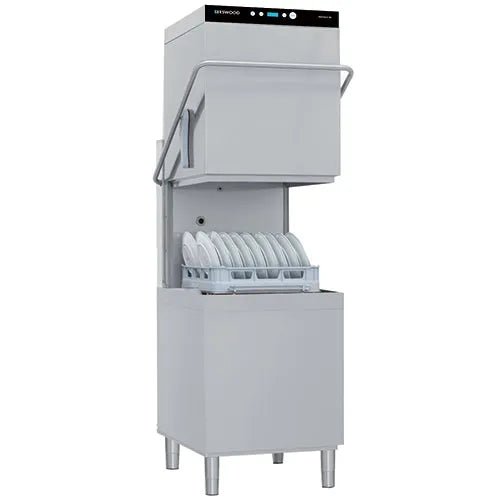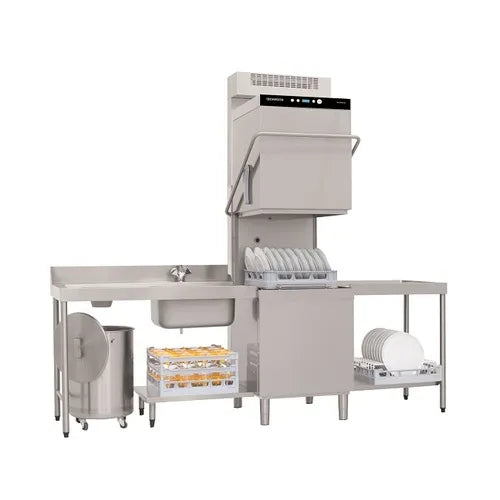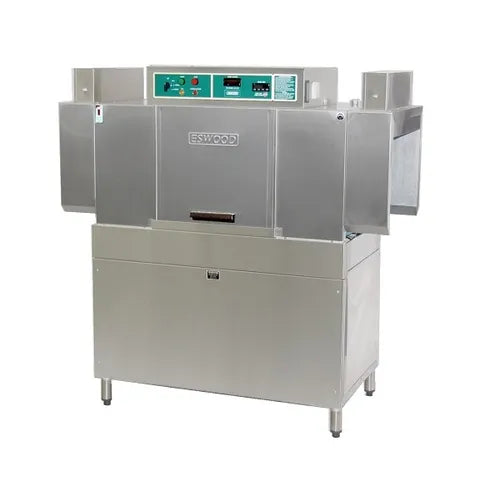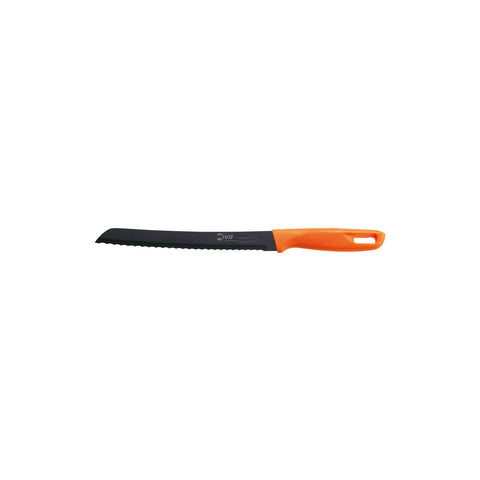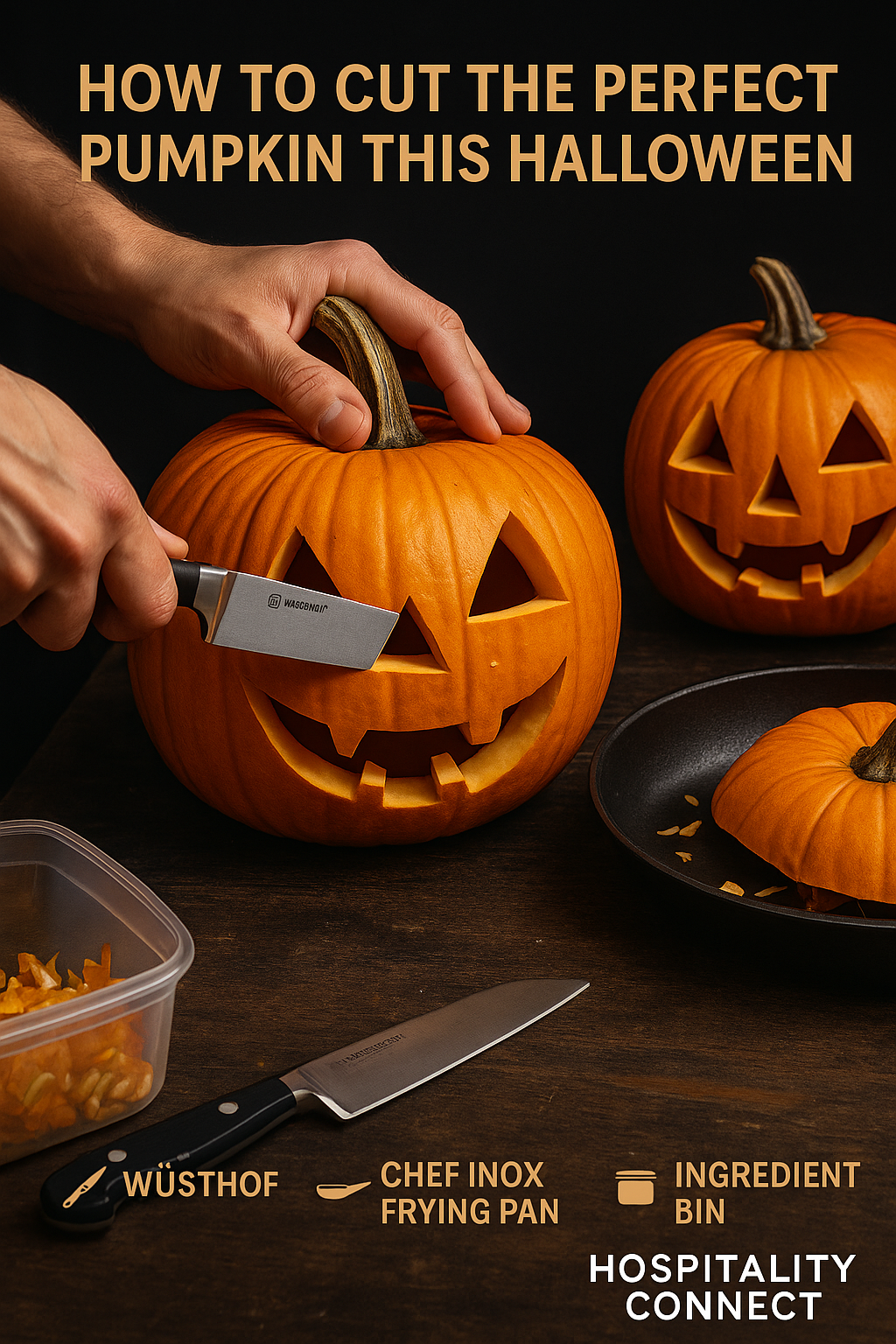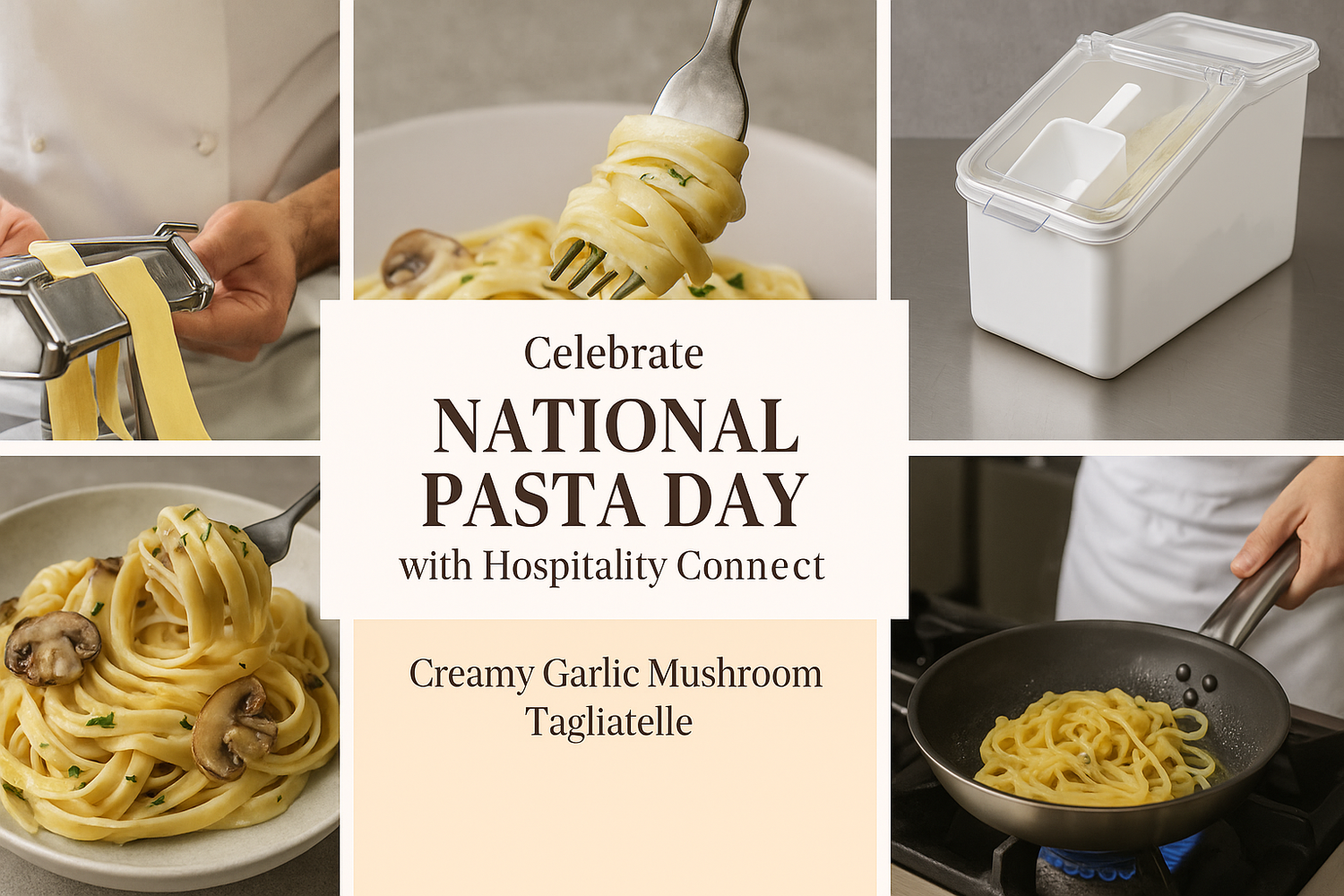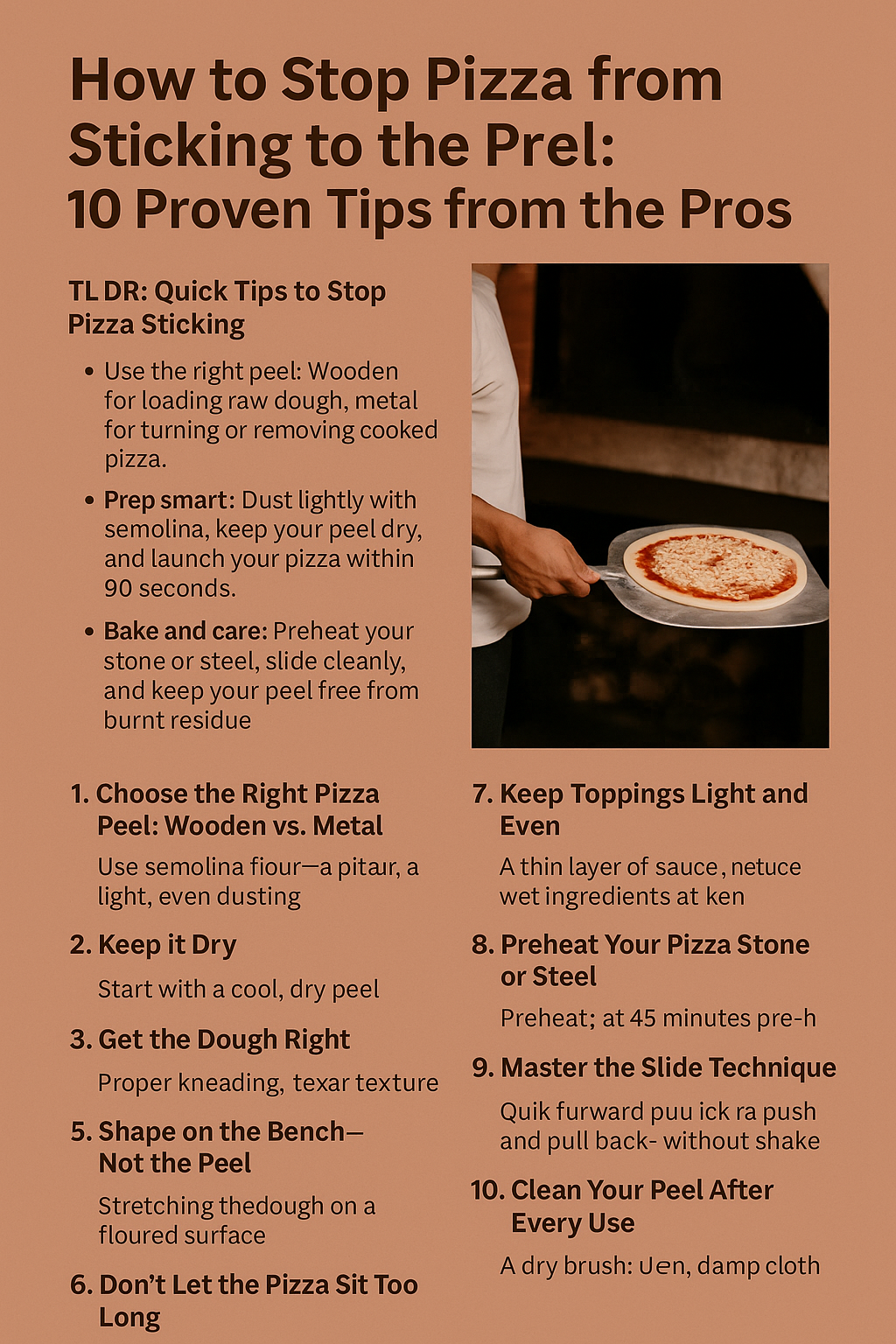Serrated knives are the unsung heroes of the kitchen. Whether slicing crusty bread, ripe tomatoes, or soft pastries, they cut cleanly without crushing delicate textures. But while their jagged edges make them perfect for precision slicing, they can be tricky to sharpen correctly.
At Hospitality Connect, we understand that keeping your knives in peak condition is essential for performance, safety, and longevity. In this guide, we’ll show you exactly how to sharpen a serrated knife, what tools to use, and how to care for your premium brands — Victorinox, Wüsthof, and Global.
🧠 Why Serrated Knives Are Different
Unlike straight-edge knives, serrated knives have small, scalloped teeth that do the cutting for you. These “gullets” bite into the surface of food, creating less friction and a cleaner slice. Because of this unique design, they don’t need sharpening as often — but when they do, precision is key.
Common Uses for Serrated Knives:
-
Cutting crusty bread or baguettes
-
Slicing soft fruits like tomatoes or peaches
-
Trimming cakes and pastries
-
Carving roasts with crisp outer layers
⚙️ What You’ll Need to Sharpen a Serrated Knife
To sharpen your serrated knife safely and effectively, you’ll need:
-
A Ceramic Sharpening Rod (or Honing Steel) – specifically tapered to fit inside each serration.
-
A Soft Cloth or Towel – to stabilise the knife during sharpening.
-
A Leather Strop or Fine Sandpaper (Optional) – to polish and refine the edge.
💡 Pro Tip: Always match the diameter of your sharpening rod to the size of the serrations for best results.
🔪 Step-by-Step: How to Sharpen a Serrated Knife
1. Identify the Beveled Edge
Look closely along your knife’s blade — one side will be beveled (angled), and the other will be flat. You’ll only sharpen the beveled side.
For most professional knives, such as Victorinox and Wüsthof, the bevel is easy to spot. Global knives, known for their unique stainless-steel construction, may have a subtler curve — good lighting helps here.
2. Use the Sharpening Rod
Place the ceramic rod or steel into the first serration at the base of the blade.
-
Match the rod’s angle to the bevel (typically 13–17°).
-
Move the rod forward and outward through the serration with light pressure.
-
Repeat this motion two or three times per gullet.
Continue until you’ve sharpened every tooth along the blade.
⚠️ Don’t rush — serrated edges require patience. Consistent, controlled passes preserve the knife’s original shape.
3. Remove the Burr
After sharpening, you may notice a tiny burr (metal ridge) on the flat side. Lay the knife flat against a fine stone or strop and gently pull it backward once or twice to smooth it out.
This step is crucial for maintaining your knife’s balance and clean slicing ability.
4. Clean and Dry
Rinse your knife under warm water and dry it thoroughly with a soft cloth. Leaving moisture on the blade can cause corrosion — even on stainless-steel models.
🧰 Caring for Your Serrated Knife
Regular maintenance keeps your knife sharper for longer and prevents wear.
✅ Do:
-
Use a soft cutting board (wood or plastic). Avoid glass or marble.
-
Hand wash only — never in the dishwasher.
-
Store safely in a knife block, sheath, or magnetic strip.
-
Hone lightly every few months to maintain the edge.
❌ Don’t:
-
Use serrated knives for heavy chopping or twisting motions.
-
Force cuts — let the serrations do the work.
💎 Brand-Specific Tips
Victorinox Serrated Knives
Renowned for durability and ergonomic handles, Victorinox serrated knives are designed for commercial kitchens. Their scalloped edges respond well to fine ceramic rods — sharpen once or twice a year for best performance.
Wüsthof Serrated Knives
Crafted from precision-forged German steel, Wüsthof knives hold their edge exceptionally well. Sharpen individual teeth with a tapered honing steel, and wipe down with a light mineral oil to prevent rusting.
Global Serrated Knives
Lightweight and balanced, Global knives feature a one-piece stainless-steel design. Because of their harder steel, use a fine ceramic rod instead of a coarse one, and polish afterward for a mirror-smooth finish.
⚡ How Often Should You Sharpen a Serrated Knife?
Unlike straight blades, serrated knives don’t need frequent sharpening.
-
Home chefs: Every 12–18 months.
-
Professional kitchens: Every 6–12 months, depending on use.
In between, regular honing with a fine steel keeps the edge aligned and efficient.
Pro Tip: Protect Your Investment
To keep your knives performing at their best:
-
Apply a thin coat of food-safe oil after cleaning to prevent oxidation.
-
Never store knives loose in a drawer — it dulls the edges and risks injury.
-
Rotate your knives for different tasks to reduce wear.
Your Wüsthof, Victorinox, and Global knives are built to last — proper care ensures they’ll stay sharp, balanced, and beautiful for years.
Final Thoughts
Sharpening a serrated knife takes patience, precision, and the right tools — but it’s worth it. A well-maintained serrated knife slices smoothly, looks professional, and lasts far longer than a neglected one.
At Hospitality Connect, we supply chefs and kitchens across Australia with premium brands like Victorinox, Wüsthof, and Global, plus sharpening steels, accessories, and maintenance essentials to keep your tools performing their best.
So next time you reach for your bread knife or tomato slicer — give it the care it deserves.
✨ Stay sharp this season with Hospitality Connect.


